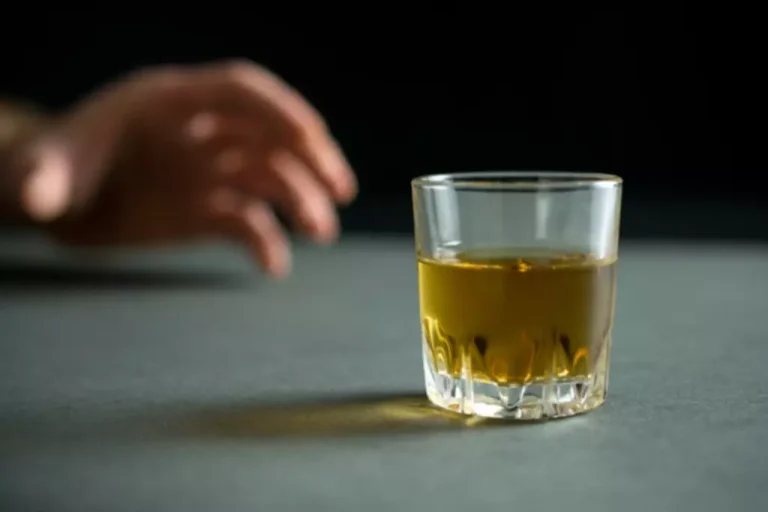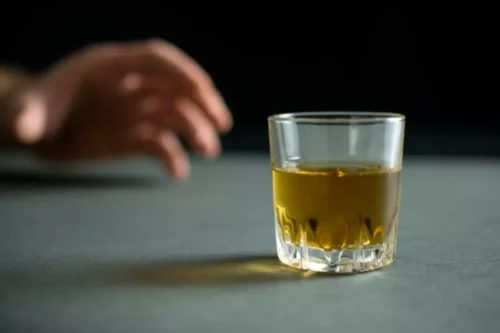
In a third study, adolescent girls who participated in BSFT showed significantly greater reductions in substance use at posttest and at the one year follow-up than adolescent girls in the comparison group. In addition, BSFT was found to produce effects on other outcomes, including engagement in therapy, conduct problems and aggression, and family functioning. The first step is to develop a therapeutic alliance by accepting and demonstrating respect for each individual family member and the family as a whole. The second step is to assess family strengths and supportive relationships as well as problematic relationships within the family that affect youth behavior or parenting abilities. The third step is to develop an approach to change that takes advantage of family strengths and that addresses problematic relationships. The fourth and final step is to implement change strategies that may include reframing to change the meaning of interactions, shifting interpersonal boundaries as needed, building conflict resolution skills, and providing parental coaching.

Health effects of drugs

The earlier drug abuse is begun, the greater the likelihood of the abuser developing a substance use disorder (SUD) later in life. For example, a teen experimenting with prescription opioids at age 16 can easily develop a tolerance. A tolerance often leads to a dependency within as little as a few weeks or months. Once the teen has developed a dependency, they may develop a full-blown SUD by the age of 20. Bear in mind that stopping taking drugs is only one part of recovery from addiction.
How drug abuse and addiction develops
It is recommended that they participate in a two-day training prior to making telephone calls. A one- to two-day training workshop conducted by a certified trainer is recommended for teachers prior to implementing Project TND. The training workshops are designed to build the skills that teachers need to deliver the lessons with fidelity, and inform them of the theoretical basis, program content, instructional techniques, and objectives of the program. If you’re trying to start a conversation with your teen because you think they may be using drugs, their response to being confronted will determine how you’ll need to approach the conversation. While they may not express it, teens do value bonds with the adults in their lives. Nurturing that connection with them includes being involved in their lives and having open, honest communication.
- Physicians can limit access by documenting and monitoring prescription histories and refill requests for all patients and ensuring that prescription pads are secured.
- This open dialogue helps teens feel supported and understood, reducing the likelihood that they will turn to drugs as a form of rebellion or secrecy.
Faster approach for starting extended-release naltrexone to treat opioid use disorder shown effective
Using drugs under dangerous conditions or taking risks while high, such as driving while on drugs, using dirty needles, or having unprotected sex. People who are pressured into treatment by their family, employer, or the legal system are just as likely to benefit as those who choose to enter treatment on their own. As they sober up and their thinking clears, many formerly resistant addicts decide they want to change.
What to Know About Farmapram (Xanax) Addiction, Treatment & Withdrawal

However, over time, increased doses are needed to achieve the same level of pain relief and some users can become physically dependent, experiencing withdrawal symptoms if they try to quit. Providing a firm foundation and clear message on the damage addiction can cause is critical to teenage substance abuse prevention efforts. The goal of prevention is to attempt to stop someone from partaking in a harmful action that has substantial consequences before those consequences occur. In the case of teenage substance abuse prevention, this can range from stopping teens from taking drinks of alcohol to restricting access to more dangerous drugs like cocaine or fentanyl. Approximately 12% of surveyed teens indicated “severe” substance use disorder, defined by this study as reporting six or more symptoms. Among this group, more than 60% exhibited at least two symptoms of substance use disorder in adulthood – an association found across alcohol, cannabis, and other drug use disorders.
This fact sheet, written specifically for preteens and teens, compares the myths with the facts about alcohol use and its effects. Explore various trauma therapy approaches for teens and understand what to expect during the healing process to support their recovery. Virtual support groups can provide a sense of community and shared experience, while online counseling can offer professional assistance in a familiar, comfortable setting for the youth.
- In addition, they also had the highest adjusted odds of prescription drug use as adults.
- The effects of these drugs can be dangerous and unpredictable, as there is no quality control and some ingredients may not be known.
- Together, this research helps policymakers and public health professionals make informed decisions to promote better health outcomes around substance use.
- The authors note that more research is needed to uncover potential neurological mechanisms and other factors behind why adolescents with severe substance use disorder symptoms are at increased risk of drug addiction and misuse in adulthood.
The first of two interviews gathers information about the student’s drinking patterns and history, beliefs about alcohol, and teen drug abuse provides instructions for self-monitoring drinking between the two interview sessions. Between interviews, students complete an online assessment survey which is used to develop a customized feedback profile that is reviewed in the second interview. The assessment survey compares an individual’s alcohol use with alcohol use norms, and assesses negative consequences and risk factors for heavy drinking along with perceived risks and benefits of drinking. The assessment results are discussed in the second interview which takes place approximately one or two weeks later. The counselor provides personalized feedback and works with the student to review options in terms of how the student can make changes to decrease or abstain from alcohol use. In support of the quality of research on Project TND, the NREPP web site lists five peer-reviewed outcome papers with study populations consisting of primarily Hispanic/Latino and White youth, along with four replication studies.
FIND TREATMENT:
The BSFT counselor meets with family members at their home or in the program office. BSFT received a score of 3.3 (out of 4.0) on readiness for dissemination by NREPP. More concerningly, the developing adolescent brain is also more vulnerable to addiction and the damaging effects of substance abuse than the adult brain.
